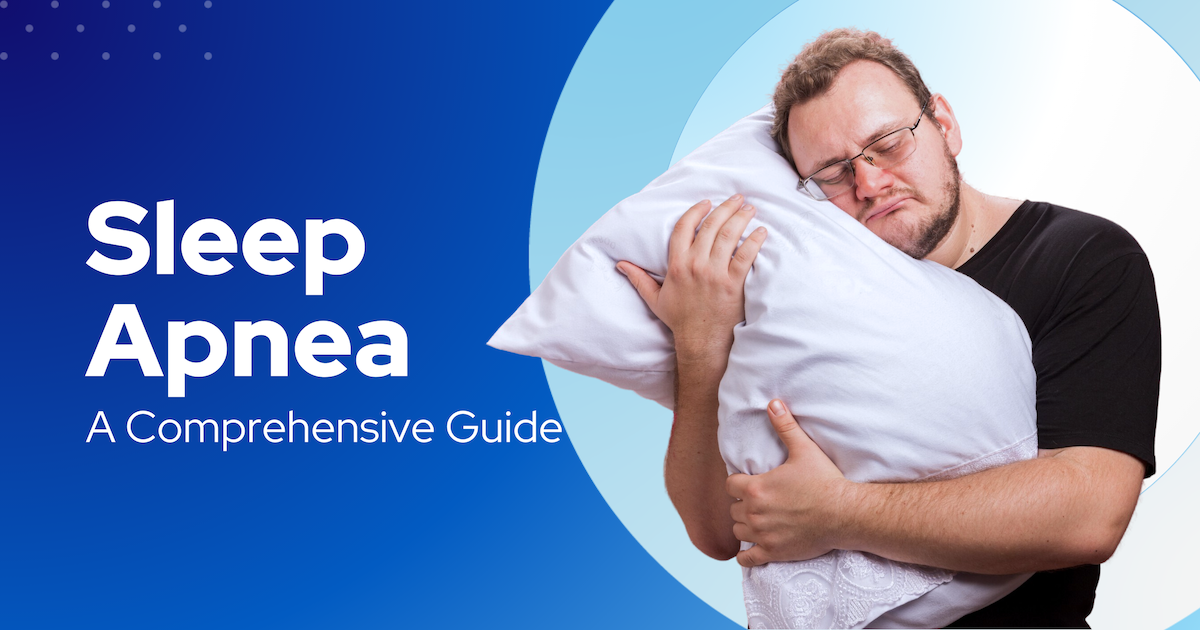Every night, millions of people worldwide experience moments when their breathing stops completely during sleep, yet many remain unaware of this potentially serious condition. Sleep apnea, characterized by these repeated breathing interruptions, can occur dozens of times per hour, with each pause lasting from mere seconds to several minutes. Despite its prevalence, a significant number of cases remain undiagnosed, leaving many at risk for serious health complications.

Understanding the Types of Sleep Apnea
Sleep specialists recognize three distinct forms of sleep apnea, each with its own underlying causes and treatment approaches. Obstructive Sleep Apnea (OSA), the most commonly diagnosed type, occurs when the airways become physically blocked or collapse during sleep, typically due to relaxation of soft tissue in the throat. Central Sleep Apnea presents a different challenge, arising from the brain's failure to send proper signals to the breathing muscles. Some individuals experience Complex Sleep Apnea Syndrome, which combines elements of both conditions and requires particularly careful treatment planning.
Recognizing the Warning Signs
The most noticeable indication of sleep apnea often comes not from the affected individual but from their sleeping partner. Loud, persistent snoring, punctuated by sudden gasps or choking sounds, frequently serves as the first warning sign. These disruptions typically become more pronounced when sleeping on one's back and can significantly disturb both the affected person and their partner's sleep quality.
Beyond nighttime disturbances, sleep apnea manifests through daytime symptoms that can severely impact daily life. Many individuals experience excessive daytime sleepiness that goes far beyond normal fatigue, leading to difficulties with concentration and memory. This constant drowsiness increases the risk of accidents both at work and while driving.
The morning often brings its own set of challenges for those with sleep apnea. Waking up with a dry mouth or sore throat, experiencing persistent headaches, and feeling unusually irritable become common occurrences. These symptoms, combined with restless sleep patterns and frequent nighttime urination, can significantly diminish quality of life.
The Far-Reaching Health Implications
Untreated sleep apnea extends far beyond poor sleep quality, potentially triggering a cascade of serious health complications. The cardiovascular system bears much of the burden, with many patients developing high blood pressure, heart disease, and irregular heartbeats. The risk of heart attacks and strokes increases significantly when sleep apnea remains unaddressed.
The condition also impacts metabolic health, often contributing to or exacerbating type 2 diabetes and making weight management increasingly challenging. The relationship between sleep apnea and weight creates a troubling cycle, as excess weight can worsen sleep apnea symptoms, while the condition itself makes weight loss more difficult.
Mental health doesn't escape the effects of sleep apnea either. Many individuals experience depression and anxiety, alongside noticeable cognitive decline and memory problems. These mental health challenges can strain relationships and impact professional performance, creating additional stress that further compounds the condition's effects.
The Path to Diagnosis and Treatment
The journey to addressing sleep apnea typically begins with a comprehensive evaluation of sleep history and symptoms, followed by specialized sleep studies that can occur either at home or in a sleep laboratory. These studies provide crucial data about breathing patterns, oxygen levels, and sleep quality, enabling healthcare providers to develop targeted treatment plans.
Traditional treatment approaches often center around Continuous Positive Airway Pressure (CPAP) therapy, widely considered the gold standard for managing sleep apnea. While highly effective, some patients find CPAP machines challenging to use consistently. Custom-fitted oral appliances offer an alternative solution for many, helping to maintain open airways during sleep with less intrusive equipment.
The Innovative Spot Pal Solution
Among the newer innovations in sleep apnea treatment, the Spot Pal system offers a unique approach focused on addressing one of the fundamental mechanical issues behind sleep apnea: tongue positioning. This non-invasive solution works by training the tongue to maintain an optimal resting position, promoting nasal breathing and helping to keep airways open during sleep.
The Spot Pal's effectiveness stems from its comprehensive approach to addressing sleep apnea's underlying causes rather than just managing symptoms. Through a progressive training program and professional guidance, users learn to maintain proper tongue positioning and breathing patterns, potentially reducing their reliance on other interventions.

Supporting Your Journey to Better Sleep
Successfully managing sleep apnea often requires a multi-faceted approach that extends beyond any single treatment. Lifestyle modifications play a crucial role, with weight management, sleep position adjustments, and establishment of healthy sleep routines all contributing to better outcomes. Environmental factors such as bedroom temperature, air quality, and noise levels can significantly impact treatment success as well.
The importance of professional support cannot be overstated. Regular monitoring and adjustments to treatment plans ensure optimal results, while a network of healthcare providers including sleep specialists, primary care physicians, and oral health professionals can address various aspects of the condition.
Taking Action for Better Health
Sleep apnea's impact on health and quality of life makes early intervention crucial. If you or your partner notice signs such as loud snoring, breathing pauses during sleep, or excessive daytime sleepiness, don't wait to seek professional help. With proper diagnosis and treatment, including innovative solutions like the Spot Pal system, you can significantly improve your sleep quality and overall health.
Remember that every case of sleep apnea is unique, requiring an individualized approach to treatment. By working with healthcare professionals and exploring various options, including the Spot Pal system, you can find the most effective solution for your specific situation. Don't let sleep apnea continue to impact your health and well-being – take the first step toward better sleep today by discussing your symptoms with a healthcare provider and exploring the treatment options available to you.

Share:
Myofunctional Therapy as a Treatment Modality for TMJ Disorders: Spot Pal as Your Myofunctional Tool
Tongue Posture: The Hidden Key to Better Breathing, Speech, and Sleep